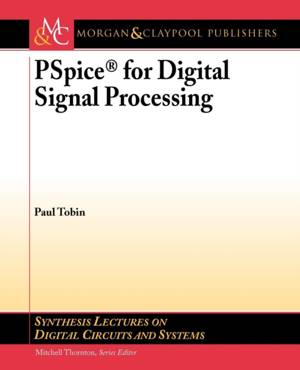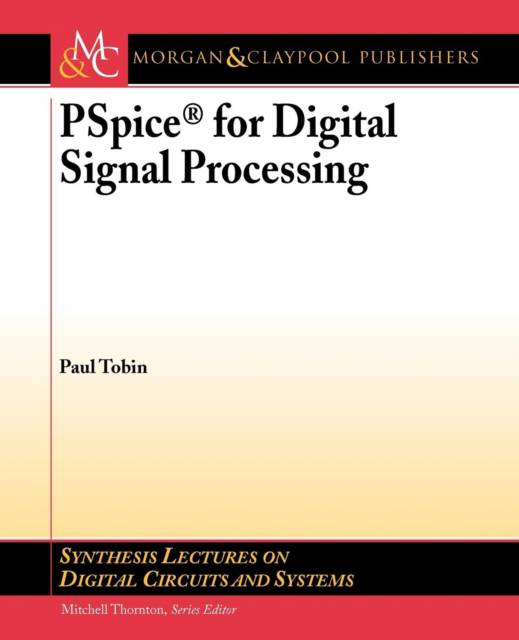
Je cadeautjes zeker op tijd in huis hebben voor de feestdagen? Kom langs in onze winkels en vind het perfecte geschenk!
- Afhalen na 1 uur in een winkel met voorraad
- Gratis thuislevering in België vanaf € 30
- Ruim aanbod met 7 miljoen producten
Je cadeautjes zeker op tijd in huis hebben voor de feestdagen? Kom langs in onze winkels en vind het perfecte geschenk!
- Afhalen na 1 uur in een winkel met voorraad
- Gratis thuislevering in België vanaf € 30
- Ruim aanbod met 7 miljoen producten
Zoeken
Omschrijving
PSpice for Digital Signal Processing is the last in a series of five books using Cadence Orcad PSpice version 10.5 and introduces a very novel approach to learning digital signal processing (DSP). DSP is traditionally taught using Matlab/Simulink software but has some inherent weaknesses for students particularly at the introductory level. The 'plug in variables and play' nature of these software packages can lure the student into thinking they possesses an understanding they don't actually have because these systems produce results quicklywithout revealing what is going on.However, it must be said that, for advanced level workMatlab/Simulink really excel. In this book we start by examining basic signals starting with sampled signals and dealing with the concept of digital frequency. The delay part, which is the heart of DSP, is explained and applied initially to simple FIR and IIR filters. We examine linear time invariant systems starting with the difference equation and applying the z-transform to produce a range of filter type i.e. low-pass, high-pass and bandpass. The important concept of convolution is examined and here we demonstrate the usefulness of the log command in Probe for giving the correct display to demonstrate the flip n slip method. Digital oscillators, including quadrature carrier generation, are then examined. Several filter design methods are considered and include the bilinear transform, impulse invariant, and window techniques. Included also is a treatment of the raised-cosine family of filters.
Specificaties
Betrokkenen
- Auteur(s):
- Uitgeverij:
Inhoud
- Aantal bladzijden:
- 156
- Taal:
- Engels
- Reeks:
Eigenschappen
- Productcode (EAN):
- 9781598291643
- Verschijningsdatum:
- 29/06/1905
- Uitvoering:
- Paperback
- Formaat:
- Trade paperback (VS)
- Afmetingen:
- 191 mm x 235 mm
- Gewicht:
- 281 g

Alleen bij Standaard Boekhandel
+ 152 punten op je klantenkaart van Standaard Boekhandel
Beoordelingen
We publiceren alleen reviews die voldoen aan de voorwaarden voor reviews. Bekijk onze voorwaarden voor reviews.









